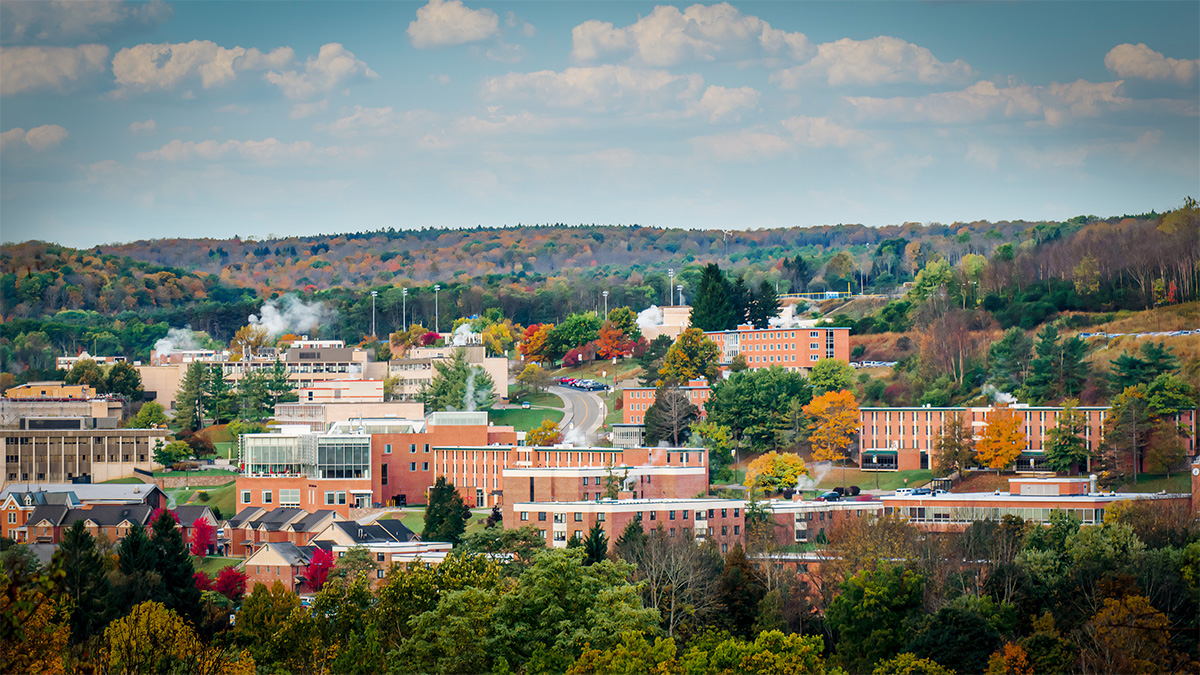
At a glance
The program prepares qualified students to become health care professionals who administer ionizing radiation (X-rays) to produce photographic and digital anatomical images for diagnostic, therapeutic, and research applications. Students will complete both didactic classes on campus and clinical rotations at area hospitals.

Students can enroll now for the fall 2015 semester in Alfred State’s new associate-level radiologic technology program.
The AAS in radiologic technology was developed in response to the rapid growth of employment of radiographers. This field is projected to grow 21 percent from 2012 to 2022, faster than the average for all occupations, and is ranked No. 15 on U.S. News & World Report’s Best Health Care Jobs list.
The program prepares qualified students to become health care professionals who administer ionizing radiation (X-rays) to produce photographic and digital anatomical images for diagnostic, therapeutic, and research applications. Students will complete both didactic classes on campus and clinical rotations at area hospitals.
The program will be a demanding curriculum that develops and graduates competent, efficient, and caring radiographers. Employment opportunities for these technologists exist in hospitals, government agencies, clinics, and private physician offices.
Alfred State President Dr. Skip Sullivan said, “Alfred State is excited to be able to offer the AAS in radiologic technology, especially given the impressive projected growth of employment in this field in the years ahead. I would like to thank the faculty who worked to make the program possible, as well as our partners, St. James Mercy Hospital and the Bethesda Foundation.”
Dr. Kristin Poppo, vice president for Academic Affairs, said allied health professions provide exceptional opportunities for young adults to establish themselves in meaningful careers.
“Our new radiological technology program provides high-quality preparation in a field that is experiencing strong demand nationally,” she said. “Alfred State is pleased to announce this new program as part of our larger effort to enhance educational opportunities in the health field.”
Students must be able to demonstrate technical standards and pass clinical competencies as described by the Joint Review Committee on Education in Radiologic Technology (JRCERT), recognized by the United States Department of Education as the national accreditation agency of programs for radiographers. Upon graduation, students are prepared to take the American Registry Certification Exam administered by the American Registry of Radiologic Technologists (ARRT) and be granted New York State licensure through the New York State Department of Health.
To fulfill degree requirements, each student must complete 64 total semester credit hours, including a minimum of 20 credit hours of liberal arts and sciences from three of the 10 State University of New York general education categories, and earn a 2.0 cumulative GPA and a grade of “C” or better in the core science courses (RADT and BIOL prefixes).
